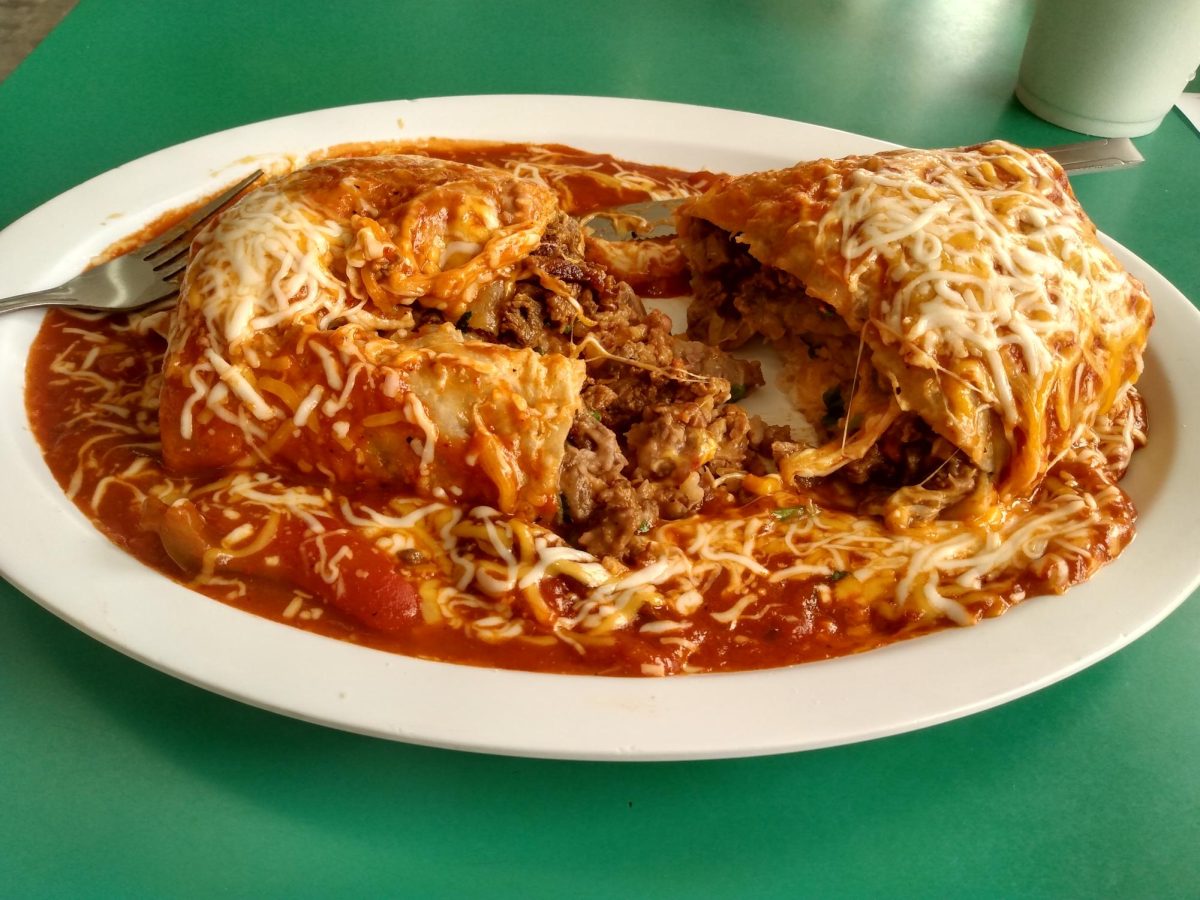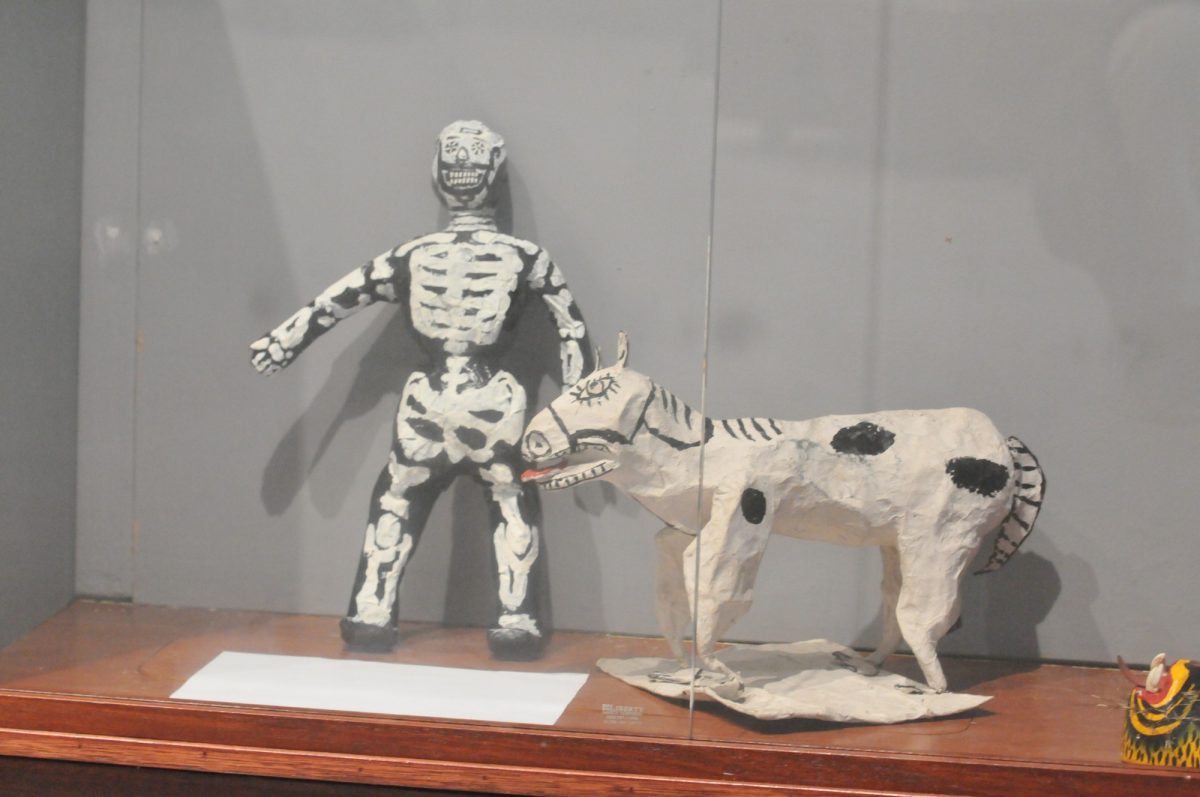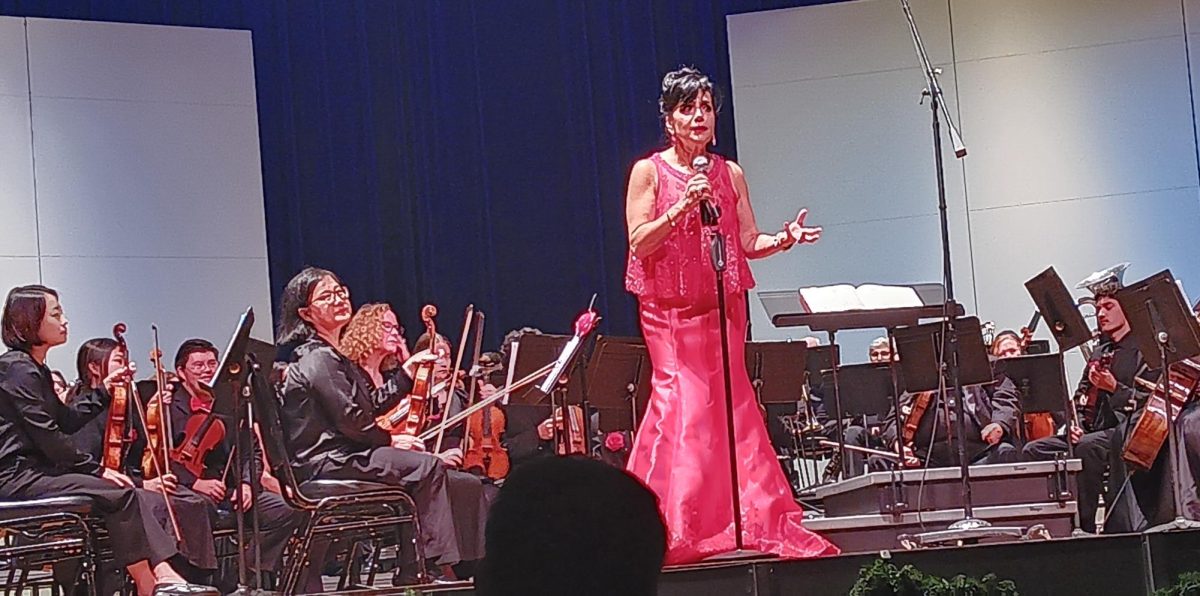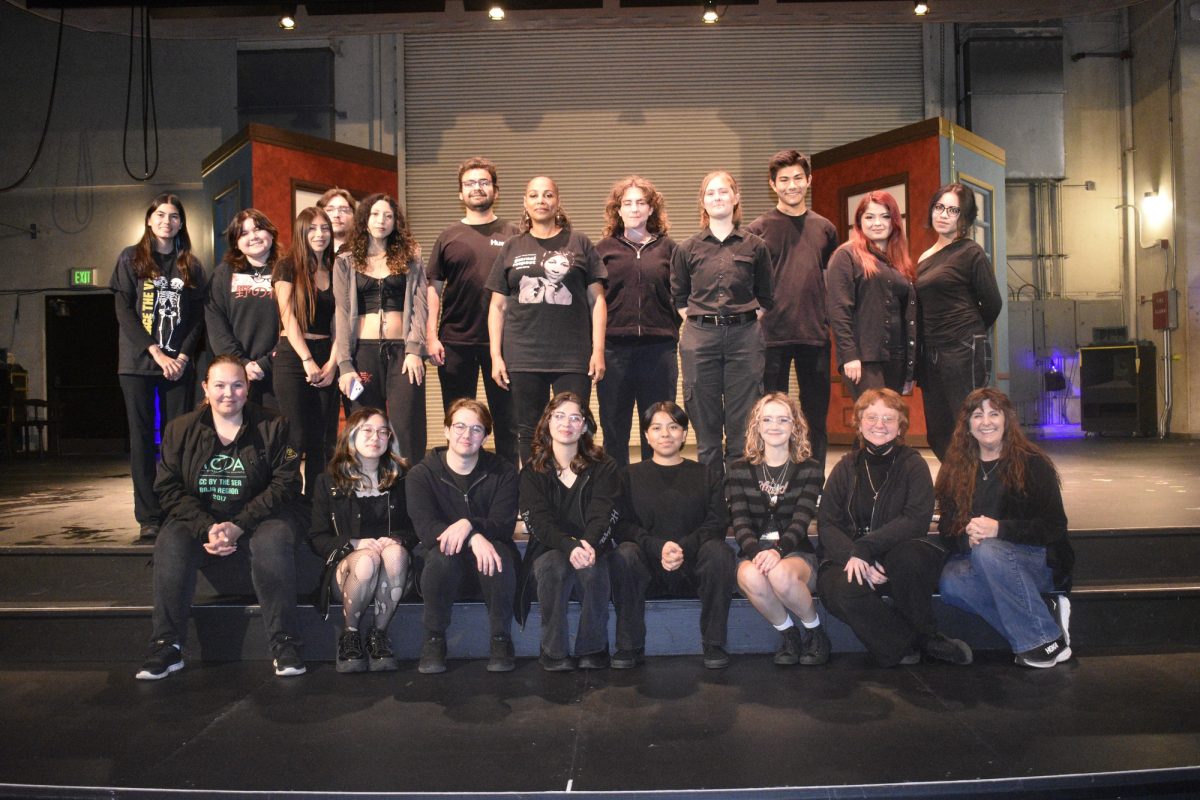Within the first step off the plane, students start to notice little differences around you: billboards in different languages, alien-looking traffic signs, the voice on the overhead PA speaking in Deutsche.
It’s inexplicable at first, but then it hits-they are now the tourists.
You are in Austria, the country visited in the Vienna Institute study abroad program headed by EC professors William Doyle and Arthur Verge.
“The first time I felt like I wasn’t in America anymore was in the bathroom when we transferred planes in Germany. Everything was kind of out in the open,” says 2004 alumnus Matt Sasaki, 20.
In their 13th year with the program, music professor Doyle and history professor Verge have been teaching students in an educational, memorable experience across several European countries.
“The most exciting thing is watching people change. All become worldlier and all experience life-changing friendships and events,” Verge says.
“I feel like I can travel other places on my own and I’d be OK with it. I wouldn’t be so nervous. Before, I’d probably worry about how I’d get through the day, but now I’d find my own way,” Sasaki says.
Courses taught are Music 11 or Music 15B, and History 4 or Political Science 2, all of which are fully transferable courses, worth three units each.
“You don’t have to be a student to go; just enroll in the classes,” Verge says.
Advisers of the program welcome students who are adventurous, independent and responsible.
“We don’t like to take negative people, moaners and groaners; we avoid like the plague.”
Chris Stringfield, political science major, is another 2004 alumnus. He enjoys having met new people and going on bus rides, “seeing different worlds you never get to see.”
“For a trip like this, you pretty much have to start with an open mind. The people who enjoyed themselves the most were the ones who didn’t get homesick,” Stringfield says. “When you’re there, you’re living for the day. It’s another place, so don’t worry about anything else.”
Among the first cities visited are Vienna and Salzburg, both of which are in Gov. Arnold Schwarzenegger’s native country of Austria. Both cities are home to World War II history, art museums, Sigmund Freud and Wolfgang Amadeus Mozart’s birthplaces.
“The first night, we went to The Triangle Bar in Vienna, where I met and talked to people from other countries, like a French couple,” Emil Segura, economics major and 2004 alumnus, says.
While the devastation of WWII necessitated reconstruction in Austria, not much has changed in general.
“We (America) ‘tear down paradise and build parking lots;’ Europe does not do that. They are protective of their history.”
Following Austria, students bus to Berchtesgaden, Germany, home to the breathtaking view of Hitler’s Eagles Nest and Mauthausen, the former Nazi death camp.
After Germany, program patrons trek to Italy, where they visit Venice, Florence and Rome, all of which we are rich in art, religion, history, as well as shopping and gelato. In this year’s program, the city of Siena is a new addition.
“Italy, the whole culture, the Colosseum – that was awesome. I felt like we didn’t have enough time there,” Segura says.
While people tend to think there’s anti-Americanism in Europe, Verge says that Europeans seem to be fascinated with us instead.
“Over there, I felt like I was truly a rarity. It found it as a positive, because I never found that kind of attention before,” Segura says.
“I liked that feeling when you’re somewhere where you don’t know anything, and you’re able to just go out and explore,” Sasaki says.
Those interested in further information may pick up a brochure from the Fine Arts Office or the Social Sciences Office. You may also visit www.cidx.net, or e-mail Doyle at [email protected]. Doyle’s office number is (310) 660-3717; Verge’s is (310) 660-3759. Both professors are available during office hours as well.
“It’s addicting-once you do it, you want to do it again,” Segura says.
“For me, the price ($xyxy)seemed like a lot at first; but, the trip itself is planned out really well, so you get your money’s worth. The experiences you have on the trip-how can you put a quantitative value on that?,” Sasaki says.






